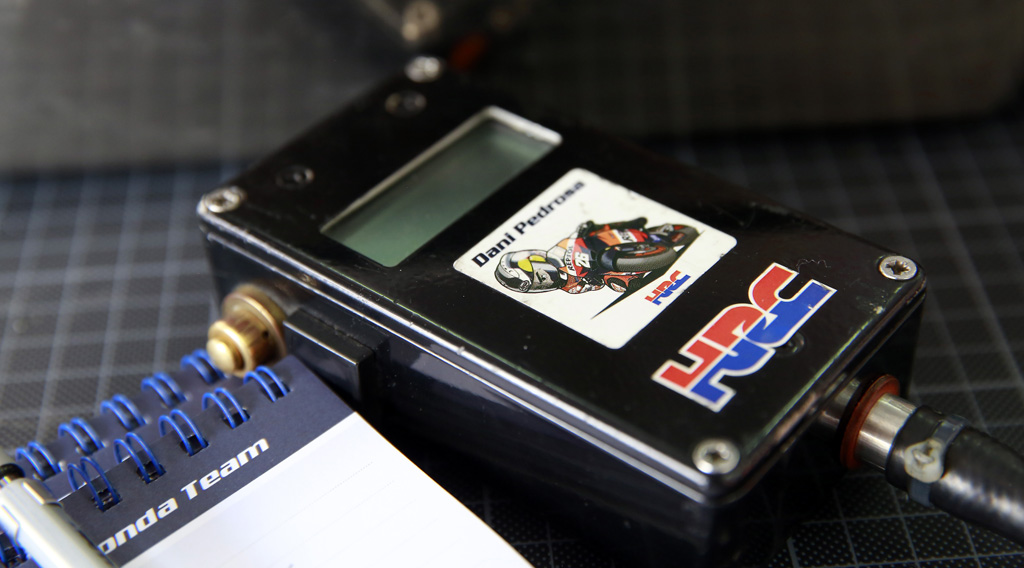One of the most important aspects in MotoGP is electronics. It has played a key role in past seasons, and not only in controlling the engine. Things like traction control have been around since the 90s.
Engines are getting more powerful and so is the tyre grip, making the bikes difficult to tame without electronic help.

An artificial brain
The electronic brain that Marc and Álex use every time they go onto the track record telemetry data, and incorporate accelerometers* and gyroscopes**, that allow to know at any time the position of the motorbike.
An ECU controls much of the data: the speed of rotation of each wheel independently, the throttle position, suspension paths, incline angles. In total, a top class bike is equipped with an average of 26 different sensors.
All this information allows the software to run different programs to control engine performance, providing benefits like traction control (which prevents slippage of the rear wheel), the anti-wheelie (which prevents the front wheel from lifting during acceleration), engine braking, and launch control (for the best standing start).

Adjustable control
Currently, riders can change the level of intrusion given to these modes to suit their preferences. This way, the level of traction control can be lowered to have more slip at a particular time or, conversely, to prevent it slipping too much when the tyres start to degrade.
On the bike, our riders have some buttons that can be used to navigate through the different programs. And thus increase or decrease their values. Likewise, they can change the information shown on the display.
Moreover, Repsol Team engineers can program more than 20 different sectors, so the ECU*** can adapt to specific parts of the circuit.
In this way, the electronics are not limited to controlling engine management, but adapt the power delivery to the rider’s needs. The different areas of the circuit, the state of the track and the conditions in which the bike is riding require the rider to change the maps when necessary in order to achieve greater performance in each session
* This is a device that measures acceleration in one or more axes of space: lateral, vertical, and horizontal.
** These are devices that measure the changes in the angle at which the bike is declined.
*** The ECU, or Electronic Control Unit; is a unit that receives and processes data.


 Join Us
Join Us  Join Us
Join Us 